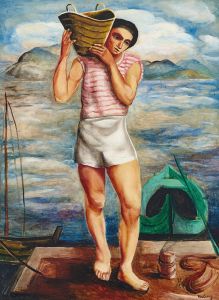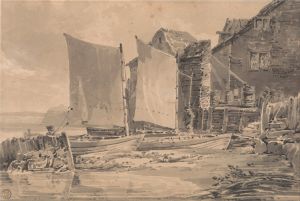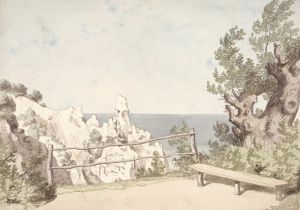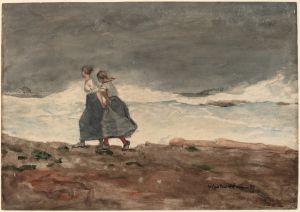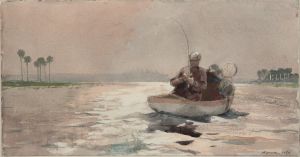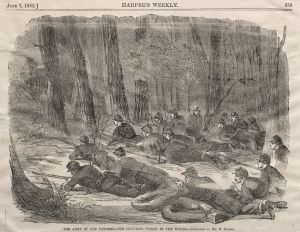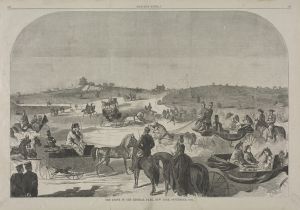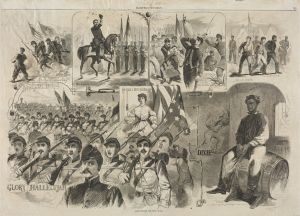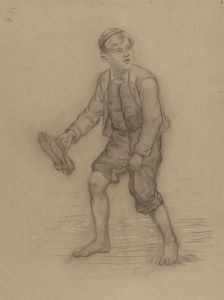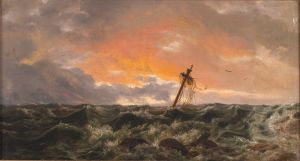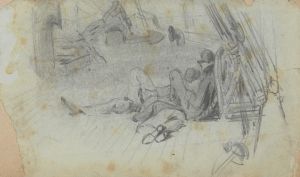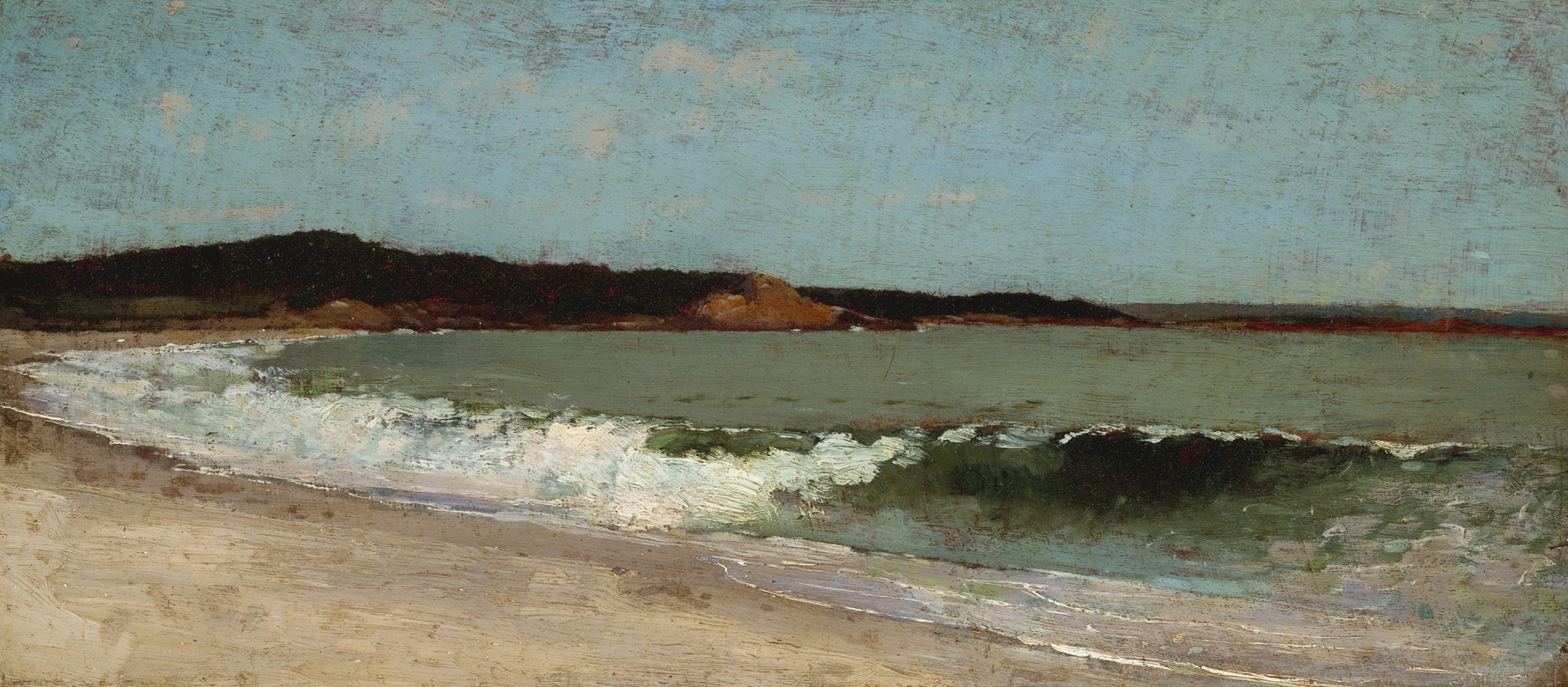
Study for Eagle Head, Manchester, Massachusetts
A hand-painted replica of Winslow Homer’s masterpiece Study for Eagle Head, Manchester, Massachusetts, meticulously crafted by professional artists to capture the true essence of the original. Each piece is created with museum-quality canvas and rare mineral pigments, carefully painted by experienced artists with delicate brushstrokes and rich, layered colors to perfectly recreate the texture of the original artwork. Unlike machine-printed reproductions, this hand-painted version brings the painting to life, infused with the artist’s emotions and skill in every stroke. Whether for personal collection or home decoration, it instantly elevates the artistic atmosphere of any space.
"Study for Eagle Head, Manchester, Massachusetts" is a watercolor painting by the American artist Winslow Homer, created in 1873. Homer, widely regarded as one of the most significant figures in 19th-century American art, is known for his depictions of everyday life, landscapes, and maritime scenes. This particular work is a study for a larger oil painting titled "Eagle Head, Manchester, Massachusetts (High Tide)," which is also dated to 1873.
The watercolor serves as a preparatory sketch for the oil painting and reflects Homer’s process of planning and experimenting with composition, light, and color. It depicts a group of women and children on a rocky shoreline in Manchester-by-the-Sea, a coastal town in Massachusetts. The figures are dressed in bathing attire typical of the period, and the scene captures a moment of leisure and interaction with nature. The rocky terrain and the ocean waves in the background are rendered with Homer’s characteristic attention to detail and his ability to convey the dynamic interplay between land and sea.
Homer’s use of watercolor in this study demonstrates his mastery of the medium, which he began to explore more extensively during the early 1870s. Watercolor allowed him to work quickly and capture the immediacy of the scene, making it an ideal medium for studies and plein air work. The loose, fluid brushstrokes in "Study for Eagle Head, Manchester, Massachusetts" contrast with the more polished and detailed execution of the final oil painting, offering insight into Homer’s artistic process.
The painting is part of a series of works that Homer created during his visits to the New England coast, where he was inspired by the natural beauty and the activities of seaside communities. These works marked a shift in his career, as he began to focus more on marine subjects and the relationship between humans and the natural environment.
"Study for Eagle Head, Manchester, Massachusetts" is held in the collection of the Cooper Hewitt, Smithsonian Design Museum in New York City. It is an important example of Homer’s early exploration of watercolor as a medium and his development as a painter of American life and landscapes.





